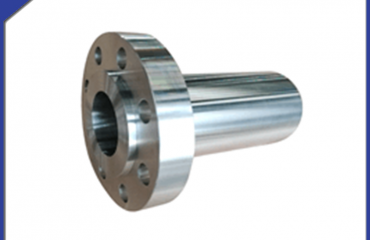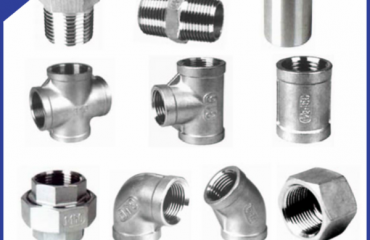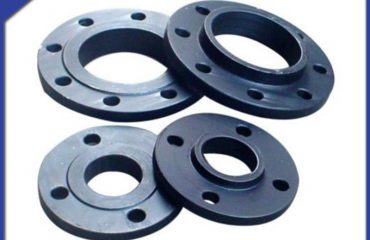Chemical corrosion
1. Surface pollution: the oil, dust, acid, alkali, salt, etc. attached to the surface of the workpiece are transformed into corrosive medium under certain conditions, which has chemical reaction with some components in the stainless steel parts and rusts due to chemical corrosion.
2. Surface scratch: the damage of various scratches to the passivation film reduces the protection ability of stainless steel. It is easy to react with chemical medium, attack chemical corrosion and rust.
3. Cleaning: the cleaning is not clean after pickling and passivation, resulting in residual liquid retention and direct corrosion of stainless steel parts (chemical corrosion).
electrochemical corrosion
1. Carbon steel pollution: scratch and corrosion medium caused by touching carbon steel parts cause galvanic corrosion of primary battery.
2. Cutting: the adhesion of rusty substances such as cutting slag and spatter and the corrosion medium cause the galvanic corrosion of the primary battery.
3. Baking correction: the composition and metallographic structure of the flame heating area change unevenly, and the corrosion medium causes galvanic corrosion of the primary battery.
4. Welding: the physical defects (undercut, porosity, crack, incomplete fusion, incomplete penetration, etc.) and chemical defects (coarse grain, poor chromium at grain boundary, segregation, etc.) in the welding area cause galvanic corrosion with the corrosion medium.
5. Raw materials: chemical defects (uneven composition, s, P impurities, etc.) and physical defects (loose, sand holes, cracks, etc.) of stainless steel raw materials are conducive to galvanic corrosion caused by corrosion medium.
6. Passivation: poor pickling passivation results in uneven or thin passivation film on the surface of stainless steel, which is easy to cause electrochemical corrosion.
7. Cleaning: the remaining pickling passivation residue and the products of chemical corrosion of stainless steel and stainless steel parts cause electrochemical corrosion.
 Language
Language Espanol
Espanol English
English Italian
Italian عربى
عربى
 Skype: chinamaker99
Skype: chinamaker99  Tel: 86-316-5120812
Tel: 86-316-5120812 Email:
Email:  Whatsapp:
Whatsapp: 

